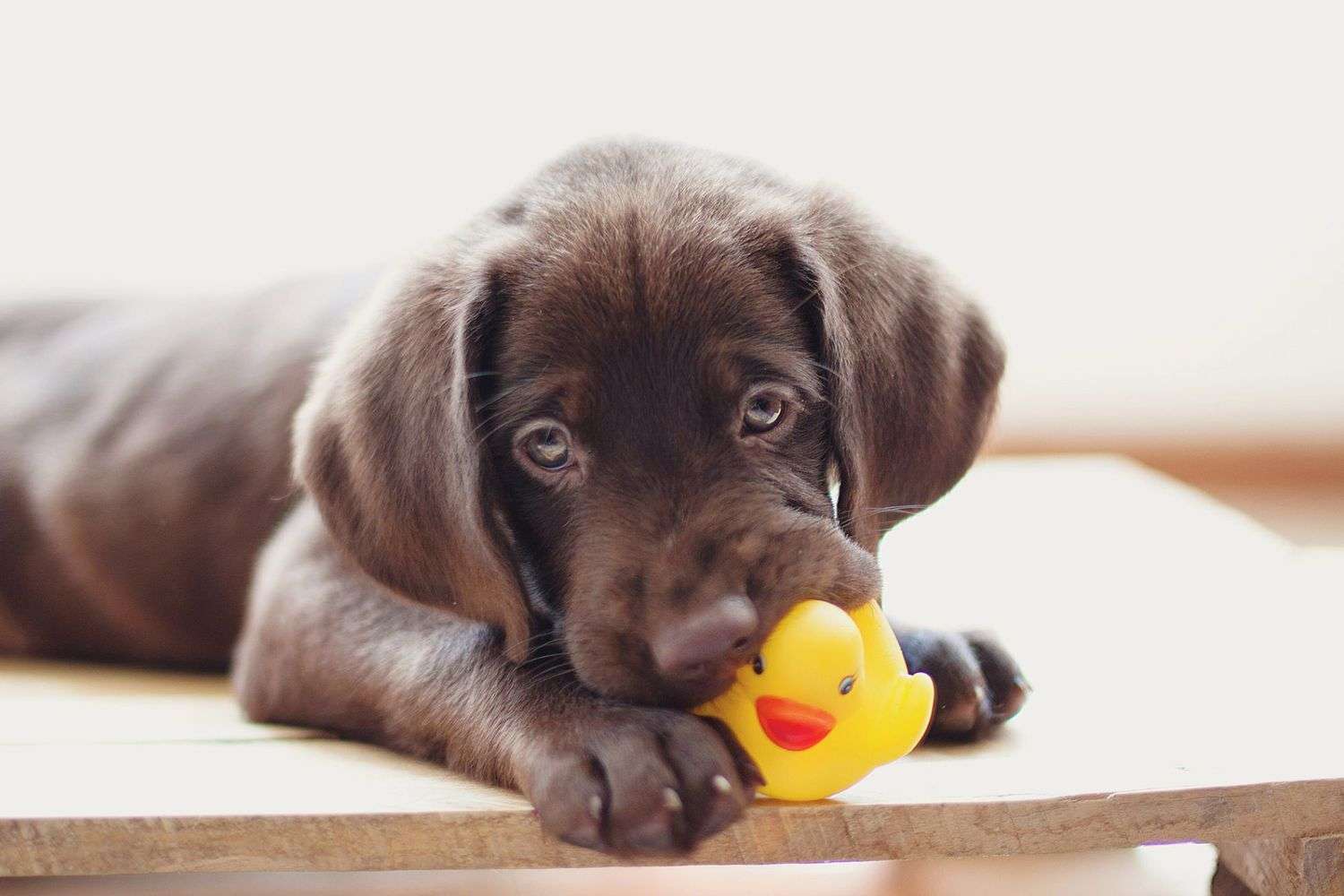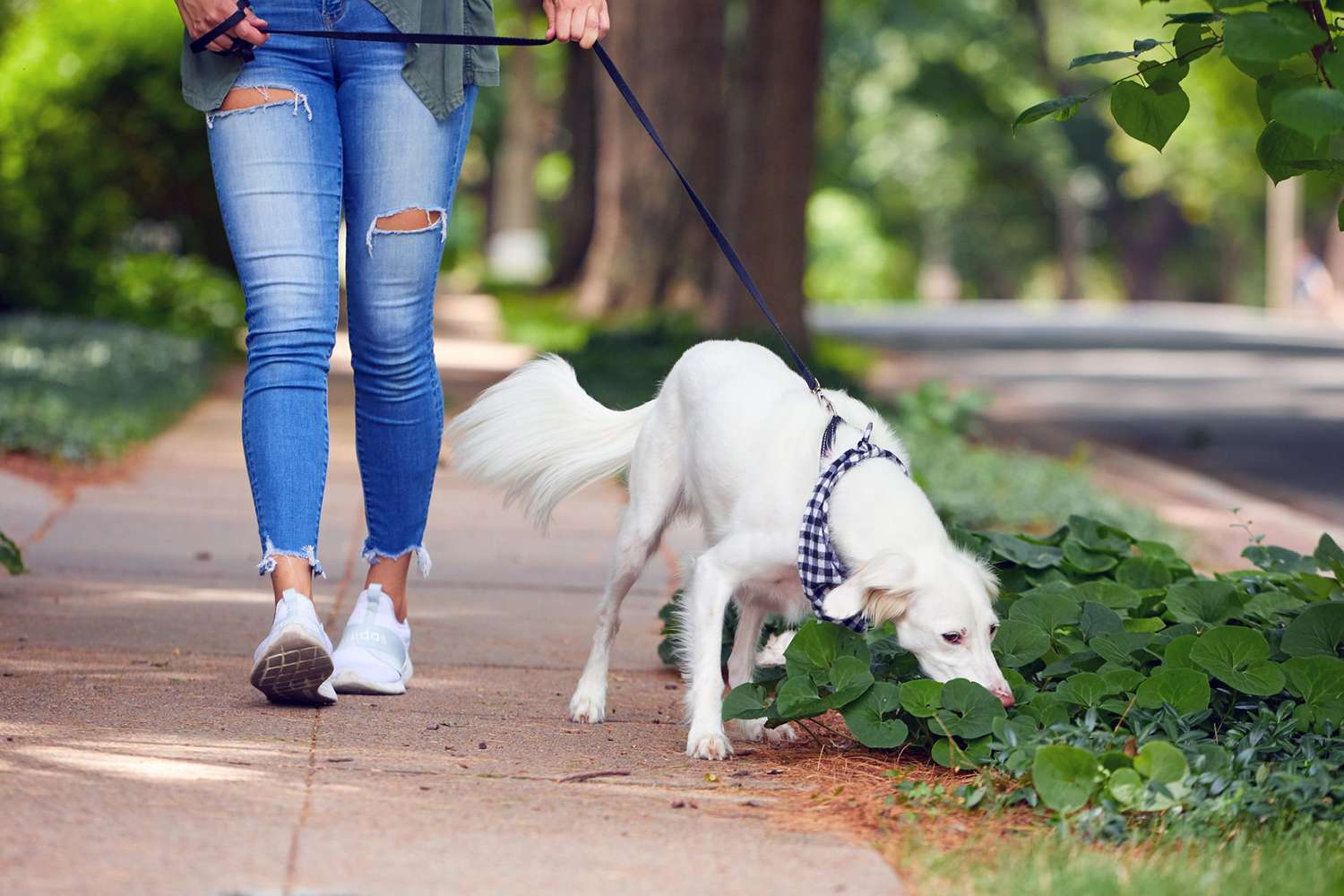Have you ever wondered why our dogs are so infatuated with the most peculiar toys? Join us as we uncover the fascinating reasons behind their love for the weirdest playthings.
Key Takeaways:
- Dogs are naturally curious creatures and enjoy exploring new and unusual objects, which may explain their love for weird toys.
- The unpredictability and novelty of strange toys can provide mental stimulation for dogs, helping to keep them entertained and engaged.
- Dogs may be attracted to odd toys because they resemble prey or possess interesting textures that mimic the natural world.
- Playing with unconventional toys can help relieve stress and anxiety in dogs by providing an outlet for their energy and instincts.
- While it's important to ensure the safety of our furry friends, allowing them to indulge in their love for weird toys can enhance their overall well-being and happiness.
Strange Toys That Dogs Love: Unusual Playthings for Your Furry Friend
Discovering the World of Unconventional Dog Toys
When it comes to dog toys, there are plenty of options available. From squeaky balls to plush animals, there's something for every pup. However, some dogs have a unique taste in toys and prefer the unconventional ones. These strange toys can range from odd-shaped objects to interactive puzzles that challenge their minds.
One example of a strange toy that dogs love is the treat-dispensing ball. This toy is made of a durable material and has a small hole where treats can be inserted. As the dog plays with the ball, treats will randomly fall out, rewarding them for their efforts. It not only keeps them entertained but also provides mental stimulation as they figure out how to get the treats out.
Why Dogs are Drawn to Unusual Toys
Dogs have different preferences when it comes to toys just like humans do. While some may enjoy chasing after a tennis ball, others may find more joy in playing with something out of the ordinary. One reason why dogs are drawn to unusual toys is because they provide novelty and excitement.
Unconventional toys engage their senses in new ways, stimulating their curiosity and keeping them entertained for longer periods of time. The unfamiliar shapes, textures, and sounds create an element of surprise that captures their interest and makes playtime more enjoyable.
List of Strange Toys Dogs Love:
- Treat-dispensing puzzle toys
- Bubble machines designed for dogs
- Noise-making objects like crinkly water bottles or squeaky rubber chickens
- Glow-in-the-dark balls or frisbees
- Plush toys with hidden compartments for hiding treats
Understanding the Fascinating Behavior Changes When Dogs Play with Their Favorite Toy
Have you ever noticed how your dog's behavior changes when they play with their favorite toy? It's not just a coincidence - there are specific reasons behind these behavior changes. When dogs interact with their beloved toys, they enter a state of excitement and joy that can be observed through their actions.
Their tails wag vigorously, their ears perk up, and they may even bark or growl in excitement. They become fully engrossed in the playtime experience, focusing all their attention on the toy at hand. This heightened state of engagement is a testament to how much they enjoy playing with their favorite toy.
The Science Behind Dogs' Behavior Changes During Playtime
When dogs play with their favorite toy, it triggers the release of endorphins in their brain. Endorphins are chemicals that create feelings of pleasure and happiness. This surge of endorphins is similar to the rush humans feel when engaging in activities they love.
In addition to endorphins, playing also helps dogs release pent-up energy and reduce stress. It provides them with an outlet for physical and mental stimulation, which contributes to their overall well-being. The joy they experience during playtime can also strengthen the bond between dogs and their owners as they engage in interactive play together.
Why Dogs Prefer Weird Toys: Understanding Their Unique Toy Preferences
Understanding Canine Play Behavior
Dogs have a natural instinct to play, and their toy preferences can vary greatly from one individual to another. While some dogs may gravitate towards traditional toys like balls or squeaky toys, others may show a preference for more unusual objects such as socks or empty plastic bottles. This unique toy preference can be influenced by a variety of factors, including breed traits, past experiences, and individual personality.
Breed-Specific Toy Preferences
Certain dog breeds are known to have specific toy preferences. For example, retrievers often enjoy playing with toys that involve fetching and retrieving, while terriers may prefer toys that allow them to dig or chase. Understanding these breed-specific tendencies can help pet owners choose the most suitable toys for their furry friends.
Overall, dogs may prefer weird toys because they provide novelty and mental stimulation. Unconventional toys can challenge a dog's problem-solving skills and keep them engaged during playtime. Additionally, these unique toys often have different textures or sounds that can add an extra level of excitement for dogs.
The Behavior Changes When Dogs Play with Their Favorite Toy: Exploring Canine Playtime
The Joy of Play
When dogs play with their favorite toy, their behavior can change in noticeable ways. They become more energetic and enthusiastic, displaying increased tail wagging and playful barking. Playing with their preferred toy also helps release pent-up energy and provides an outlet for their natural instincts.
Mental Stimulation and Emotional Well-being
Playing with their favorite toy offers mental stimulation for dogs. It allows them to engage in problem-solving activities, which helps keep their minds sharp and active. This mental exercise is important for preventing boredom and promoting emotional well-being in dogs.
Additionally, playing with their favorite toy can also strengthen the bond between dogs and their owners. It provides an opportunity for interactive play, allowing pet owners to actively participate in their dog's joy and excitement. This shared experience helps build trust and reinforces the human-animal bond.
What Makes Certain Toys Appealing to Dogs: Decoding Their Toy Preferences
Sensory Stimulation
Dogs are highly sensory creatures, and certain toys can provide them with specific types of stimulation. Some dogs may be attracted to toys that make noise or have different textures, as these elements engage their senses. Understanding a dog's individual preferences for sensory stimulation can help pet owners choose toys that will captivate their furry friend's interest.
Interactive Features
Toys that offer interactive features often appeal to dogs because they provide opportunities for engagement and problem-solving. For example, puzzle toys that require dogs to figure out how to access treats or hidden compartments can keep them entertained for extended periods. These types of toys tap into a dog's natural curiosity and intelligence, providing mental stimulation while they play.
In addition, toys that can be used in various ways, such as those with multiple parts or adjustable features, can also be appealing to dogs. The versatility allows them to explore different ways of interacting with the toy, keeping their interest levels high during playtime.
Overall, understanding what makes certain toys appealing to dogs involves considering their sensory preferences and providing interactive features that stimulate both their physical and mental abilities.
(Note: The remaining subheadings will be continued in another response)
Benefits of Letting Dogs Play with Unusual Toys: Why it's Good for Them
1. Mental Stimulation
Allowing dogs to play with unusual toys can provide them with mental stimulation. When dogs encounter new and unfamiliar toys, they are forced to engage their minds and figure out how to interact with these objects. This mental exercise can help prevent boredom and keep their brains sharp.
2. Problem-Solving Skills
Unusual toys often require dogs to use problem-solving skills in order to access treats or achieve a desired outcome. For example, puzzle toys that require dogs to manipulate different parts or solve a sequence of actions can help improve their problem-solving abilities.
Different Dog, Different Toy Preference: Understanding Canine Individuality
Dogs, just like humans, have unique personalities and preferences. Some dogs may be drawn to plush toys that they can cuddle with, while others may prefer interactive toys that challenge their physical abilities. It is important for pet owners to understand their dog's individuality when selecting toys for them.
Factors influencing toy preference:
- Breed characteristics
- Past experiences
- Age and energy level
- Sensory preferences (e.g., squeaky toys for auditory stimulation)
Ensuring Safety While Dogs Play with Unconventional Toys: Tips for Pet Owners
1. Supervision is Key
When introducing unusual toys to your dog, it is crucial to supervise their playtime. This allows you to ensure that the toy does not pose any safety risks such as small parts that could be swallowed or sharp edges that could cause injuries.
2. Regular Inspections
Regularly inspect the toys for any signs of wear and tear. If a toy becomes damaged or starts to break apart, it should be replaced immediately to prevent choking hazards or other accidents.
Why Some Dog Breeds are Drawn to Peculiar Toys: Breed-Specific Toy Preferences
Different dog breeds have been selectively bred for specific purposes, which can influence their toy preferences. For example:
Breed-Specific Toy Preferences:
- Retrievers and sporting breeds may enjoy toys that involve fetching or retrieving activities.
- Hunting breeds may be attracted to toys that mimic prey, such as squeaky toys or plush animals.
- Terriers may prefer toys that allow them to dig or engage in interactive play.
Improving a Dog's Well-being through Odd Toys: Mental and Physical Benefits of Playtime
Playtime with unusual toys can have numerous benefits for a dog's overall well-being:
Mental Benefits:
- Reduces boredom and destructive behavior
- Promotes problem-solving skills and mental agility
- Enhances cognitive abilities and learning capacity
Physical Benefits:
- Promotes exercise and physical fitness
- Improves coordination, balance, and agility
- Aids in weight management and prevents obesity-related issues
By understanding the benefits, individuality, safety measures, breed-specific preferences, and overall well-being improvements associated with letting dogs play with unusual toys, pet owners can make informed choices to provide their furry friends with a fulfilling and enjoyable playtime experience.
| Why Do Our Dogs Love the Weirdest Toys? | |
| In conclusion, | |
| Our dogs' love for weird toys can be attributed to their natural instincts and individual preferences. Just like humans have different tastes, dogs also have unique preferences when it comes to playthings. Their love for unconventional toys may stem from their desire for novelty and stimulation. | Additionally, certain odd toys may provide sensory satisfaction or offer a challenge that engages their problem-solving abilities. Dogs are intelligent creatures that thrive on mental and physical stimulation, and these unusual toys can
More Reads
Dr. Clara Bennett
Hello, fellow pet enthusiasts! I'm Dr. Clara Bennett, your go-to expert on all things pets. With a background in veterinary medicine and a passion for nutrition, I've spent years diving deep into the world of cats, dogs, birds, horses, and the products that keep them thriving. From the English countryside, I've witnessed the magic of animals and am here to share my knowledge, ensuring your pets receive the best care. Together, let's master the art of pet care!
All Posts »
Next Steps In Mastering Cat CareNext Steps In Mastering Dog CareJoin Our NewsletterSubscribe to receive our latest updates in your inbox! |
















